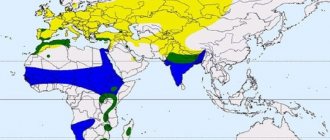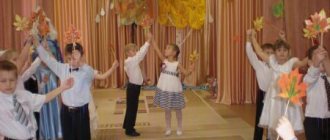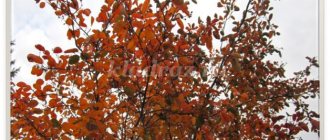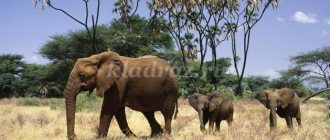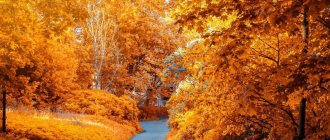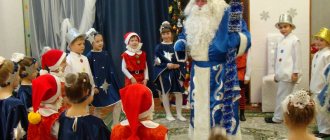Development of coherent speech
At an older age, learning tasks become more complicated: children must not only understand the content of the picture, but also coherently and consistently describe all the characters, their relationships, and the setting, using a variety of linguistic means and more complex linguistic structures. The main requirement is greater independence in telling stories based on pictures.
In the older group, the following types of descriptive stories based on the picture can be distinguished:
Description of the objects depicted in the picture and their semantic relationships.
Description of the painting as a disclosure of a given topic.
A detailed description of a specific object.
Verbal and expressive description of what is depicted using analogies
(poetic images, metaphors, comparisons, etc.)
In the preparatory group, all types of paintings and all types of children's stories are used. Particular attention is paid to independence and creativity. Works of fiction are often used as speech samples: short stories by L.N. Tolstoy, K.D. Ushinsky, E. Charushin, V. Bianki.
Classes are conducted on multi-episode films.
The picture is examined in parts, creative tasks are used, children are encouraged to ask questions themselves, the vocabulary is activated and enriched with figurative expressions. The teacher can start a story about one of the episodes, the children continue, collective storytelling is used.
A special type of coherent storytelling are description stories based on a landscape painting.
This type of story is especially difficult for children.
Elements of a story plan based on a landscape painting can be silhouetted images of its objects, both clearly present in the painting and those that can only be identified by indirect signs. A visual model of an utterance acts as a plan that ensures coherence and consistency in children’s stories. Objects of nature can serve as elements of the story model. Since they are usually static in nature. Particular attention is paid to describing the qualities of these objects. Work on such paintings is built in several stages:
Identification of significant objects in the painting.
Examination of them and a detailed description of the appearance and properties of each object.
Determining the relationship between individual objects in the picture.
Combining mini-stories into a single plot.
As a preparatory exercise when developing the skill of composing a story based on a landscape painting, we can recommend the “Bring the Picture to Life” technique. This work is like a transitional stage from composing a story based on a plot picture to telling a story based on a landscape painting. Children are offered a picture and small images of living “animating” objects that could appear in this composition. Children describe landscape objects, and the colorfulness and dynamism of the stories is achieved by including descriptions and actions of living objects.
